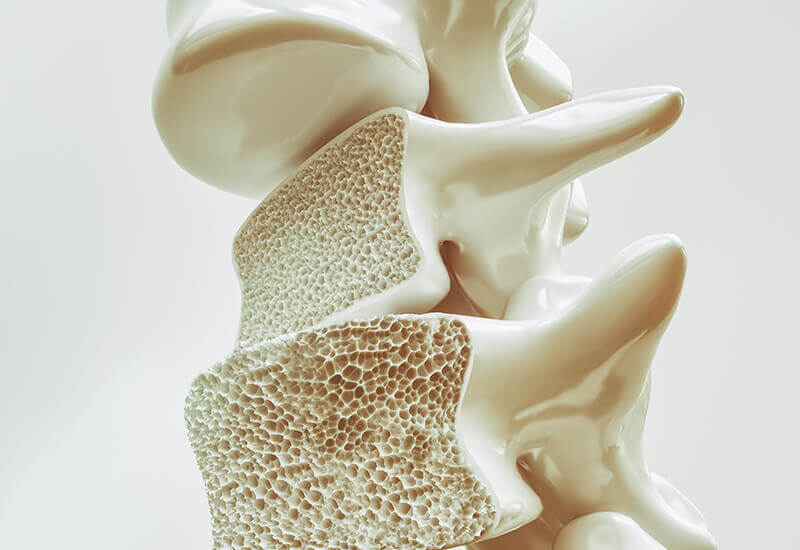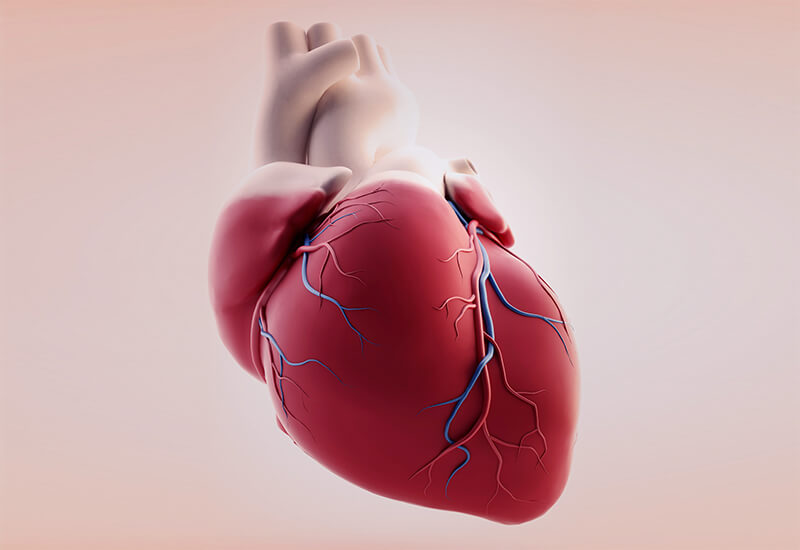Description
What is Narcolepsy?
Narcolepsy is a condition characterized by extreme daytime sleepiness. Many affected people also suffer from sudden but temporary muscle weakness, known as cataplexy. Narcolepsy is a primary hypersomnia as it is not caused by, or associated with, any other diseases, mental illnesses or psychological problems. Narcolepsy affects between 1 in 2000 and 1 in 5000 people and only about 25% of affected people are actually correctly diagnosed. Often people are mistakenly diagnosed with psychiatric or emotional problems. The main symptoms of narcolepsy include excessive daytime sleepiness, cataplexy, sleep paralysis and hypnagogic or vivid hallucinations. Other symptoms of narcolepsy can include microsleep (temporary episodes of sleep that last only a few seconds), atonia (loss of muscle strength), periodic limb movement disorder (involuntary leg muscle contractions) and a rapid entry into REM sleep.
TURNAROUND TIME
SAMPLE TYPE
AGE REQUIREMENT
GENDER
Test Details
Genetics of Narcolepsy
Although most narcolepsy cases are sporadic, there is still a strong genetic basis. The family members of an affected individual have a 20- to 40-fold increased risk of developing narcolepsy. There is a strong association between narcolepsy and the human leukocyte antigen HLA-DQB1, as 90-99% of people (99% of Caucasians) affected with narcolepsy and cataplexy have the HLA-DQB1*06:02 allele. Approximately 15% of unaffected Caucasians, and 15 – 25% of the unaffected worldwide population, also has this allele, so other factors must be involved. Narcolepsy is likely to have an environmental component, which may include infections, trauma, hormonal changes, stress or immune system problems.
The HLA-DQB1 gene is located on chromosome six, one of the autosomal chromosomes. Autosomes are inherited in pairs – one from each parent. Inheriting the HLA-DQB1*06:02 allele increases the risk of narcolepsy by 7- to 25-fold, depending on ethnicity. However, not everyone with this mutation will develop narcolepsy, as other factors are also involved.
DNA Testing for Narcolepsy
A simple DNA sequencing test can be completed to find out which allele of HLA-DQB1 an individual has. Inheriting two copies of HLA-DBQ1*06:02 (homozygous) increases the risk of narcolepsy between 7- and 25-fold, compared to an individual who does not carry the HLA-DQB1*06:02 allele. HLA-DQB1*06:02 homozygotes will pass the narcolepsy-associated allele onto all their children. HLA-DQB1*06:02 heterozygotes, who have one copy of the HLA-DQB1*06:02 allele and one copy of an alternative HLA-DQB1 allele, are also at an increased risk of narcolepsy, but not at the same magnitude as HLA-DQB1*06:02 homozygotes. HLA-DQB1*06:02 heterozygotes have a 50% chance of passing the narcolepsy-associated allele onto their children. If an individual does not carry the HLA-DQB1*06:02 allele, it is unlikely that they will suffer from narcolepsy, and they will not pass the narcolepsy-associated allele to the next generation.
Recommended Links:
-
Dauvilliers Y, Arnulf I, Mignot E. (2007). Narcolepsy with cataplexy. Lancet. 369(9560): 499-511.
-
Tafti M et al. (2014). DQB1 locus alone explains most of the risk and protection in narcolepsy with cataplexy in Europe. Sleep. 37(1): 19-25.
-
Norris J (2009). Gene Found in Sudden Sleep Disorder Implicates the Immune System. USCF News Center.





